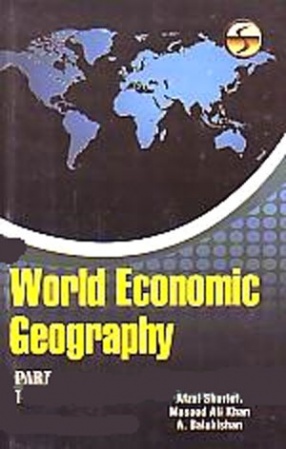
Encyclopaedia of World Geography

Showing all 13 books

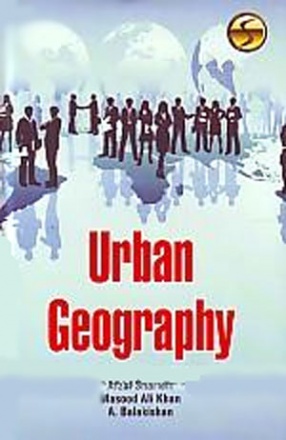
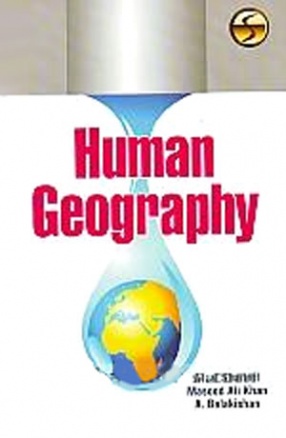
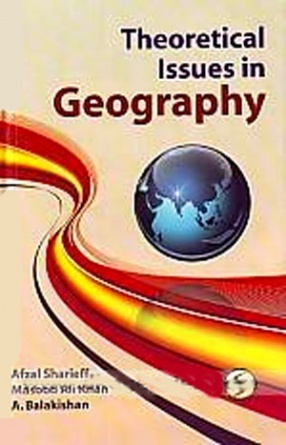
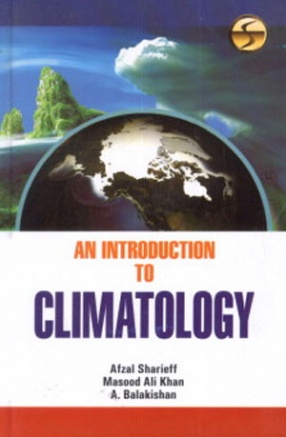
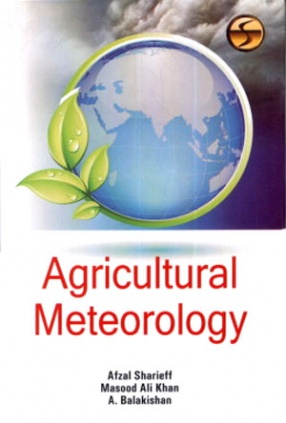
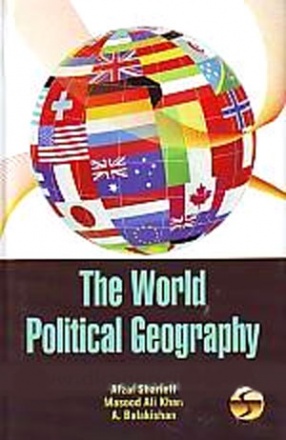
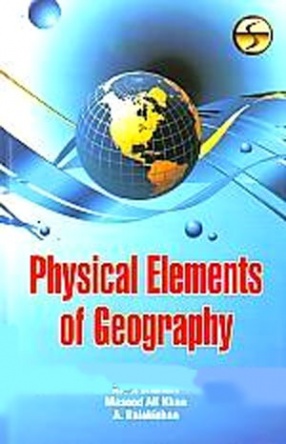

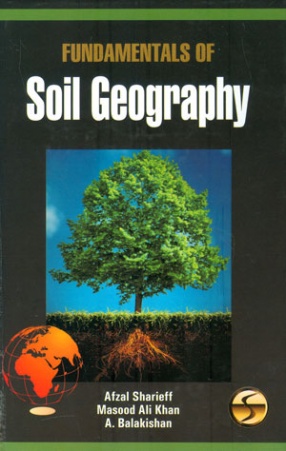
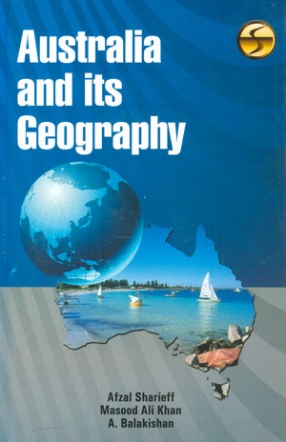
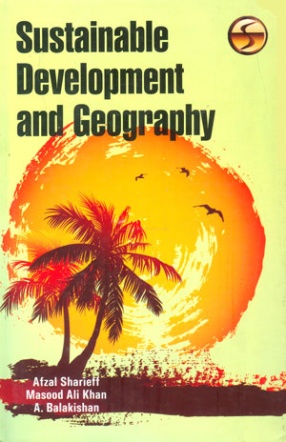
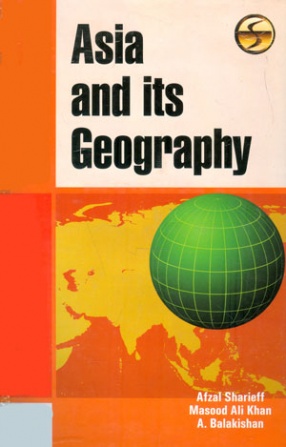


Early in the Second World War president Roosevelt, in one of his "fireside chats" by radio, asked his audience to look at a world map while he explained the threats to the United States of hostile encirclement if the Axis powers were to win.But geographic knowledge is equally important, though less dramatic in meaning, in peacetime. Projects for the advance of under-developed countries, or of depressed areas at home, require understanding of the local ...

Most of the world's population now lives in cities.It is no longer possible to divide the world into a developed world, with big cities, and an `underdeveloped' or `Third World, without cities. A neat line can no longer be drawn on the globe that divides a world of urbanites from a world of peasants. Some of the biggest cities in the world are in countries that might previously have been described as `underdeveloped'. Sao Paulo, Mexico City, Shanghai, ...


Studies of the planet earth fall into four broad categories that embrace the solid lithosphere, water in the liquid hydrosphere and frozen cryosphere, the mainly gaseous atmosphere, and the life forms of the biosphere. Although the study of weather and climate focuses on the envelope of gases, continuous interchanges among the spheres produce an integrated environment, and no component can be understood adequately without reference to the others.Weather, the ...

Agricultural meteorology aims to put the science of meteorology to the service of agriculture in all its various forms and facets, to improve the sensible use of land, to help to produce the maximum food for humanity and to avoid the irreversible abuse of land resources.Numbers are, or should be, the language of science, and the use of numbers enables an art to be transformed into an applied science so that skills can be learnt more quickly and more efficiently, ...



As already noted, commercial plantation agriculture is essentially a European type of agriculture mainly imposed upon tropical regions. It was given its initial impulse by the discovery of sea routes to the new world, West Africa and the far east by Spanish and Portuguese explorers, and subsequently by British and Dutch explorers, in the fifteenth and sixteenth centuries, rapidly followed by the establishment of colonies and trading posts in the regions thus ...

Classification schemes of natural objects seek to organize knowledge so that the properties and relationships of the objects can be most easily remembered and understood for some specific purpose. Ultimately, soil taxonomy and other soil classification schemes seek to make knowledge useful in satisfying the human needs that depend on soils. This book briefly considers the nature and categories of Soil Taxonomy, which was published by the U.S. Department of ...

Australia and New Zealand constitute a geographic realm by virtue of territorial dimensions, relatives location, and cultural distinctiveness-not population size. Despite their inclusion within a single geographic realm, Australia and New Zealand differ physiographically. Australia is marked by a vast dry, low relief interior; New Zealand is mountainous. Australia and New Zealand are marked by peripheral development- Australia because of its aridity, New Zealand ...

The focus on people living the remote, low-density settlements on fragile, lands, and how, with new institutional improvements, they can better manage their portfolio of assets to increase productivity and sustain critical ecosystems. Chapter 1 is about people living in areas closer to lager and increasingly urban markets. These areas will help feed the growing and increasingly higher-income world population. This chapter focuses on the management of and ...

Asia is the largest and most populous of the continents, but not the most densely populated, in which respect, like all the other continents, it has to yield pride of place to Europe. No exact comparison is possible between Europe and Asia, because there is no hard and fast boundary between them; they merge in the Soviet Union, which constitutes more than half of Europe and more than a third of Asia. If the dividing line between the continents be taken as ...
